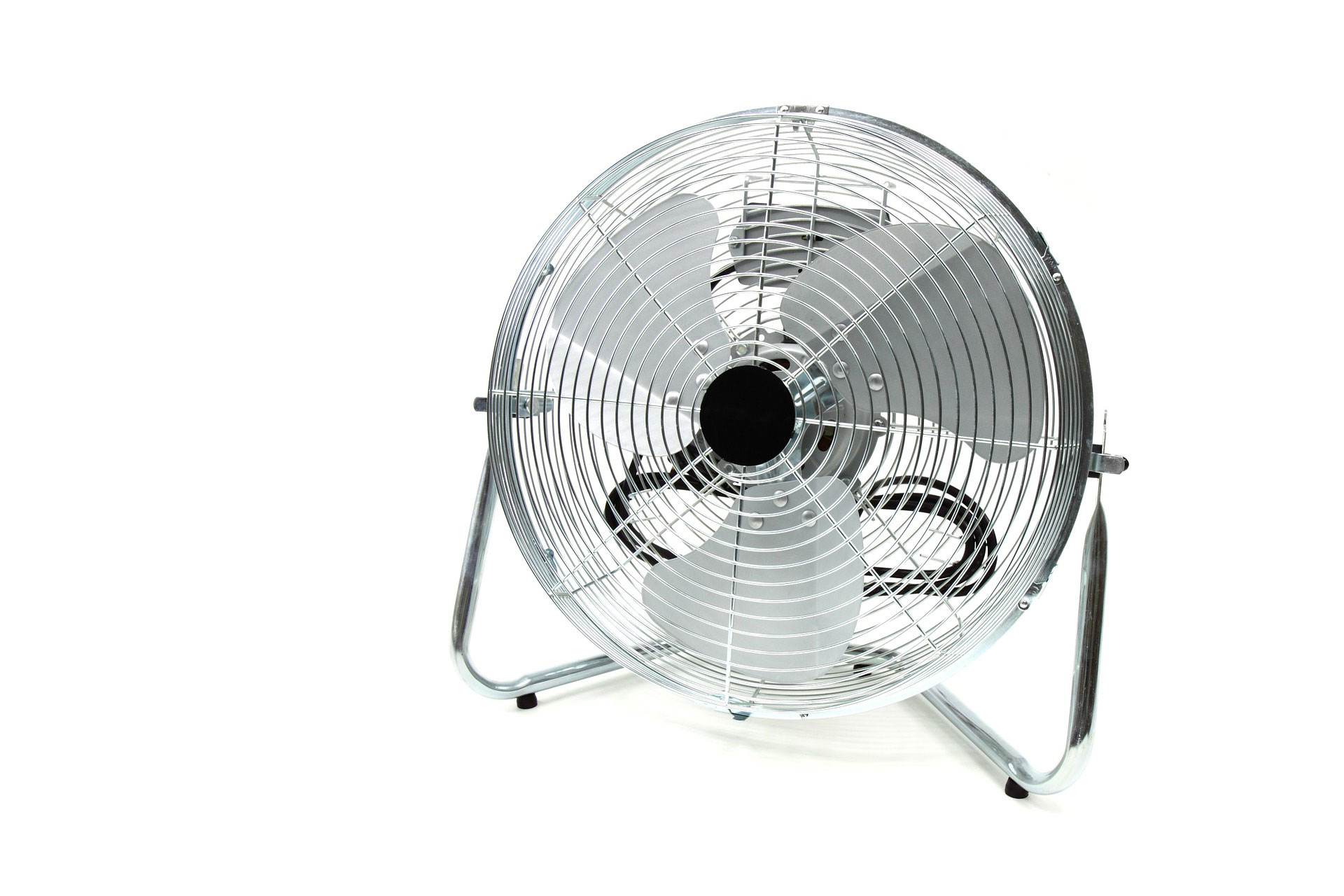With our hot and humid weather, it comes as no surprise that one of the most used appliances in Philippine homes is the humble electric fan. Most of us even use it for hours on end during the summer days. You may be wondering, how much does that cost per day? What is the average power consumption of an electric fan anyway?
Using data that I’ve collated and analyzed, the average power consumption of electric fans is 0.0642 kWh. This means that if the power rate is at ₱9.744/kWh, then you should estimate that the electric fan will cost ₱0.63 per hour to run, and if you use it for 12 hours per day, it will contribute at least ₱7.51 per day or ₱225 per month to your electricity bill.
Read on for our deep dive into this topic!
Where did this data come from?
Unlike refrigerators and window air conditioners, electric fans are not required to have an energy guide label. Hence, there is not a single data set from the DOE where all of the electric fan models are listed with their respective power consumption figures.
Instead, we will rely on the data set supplied by Meralco’s orange tag project.
If the energy guide label tells us the energy efficiency ratio of a particular model, the orange tag shows consumers the average cost of operating an appliance for an hour.
Granted, this data set is much smaller than the DOE’s; there are fewer models in this list as this project is purely voluntary and not mandatory compared to the energy guide label. However, this data is still useful for us to at least have a benchmark for the average power consumption of the electric fan category.
Power consumption of electric fans (by type)
We’ve parsed the data for you to make it easier to understand. We also used Meralco’s power rate of ₱9.744 per kWh, the average rate of all residential Meralco customers. We will also assume that you will use your electric fan for 12 hours every day.
| Type | EC (kWh) | Per Hour | Per Day |
| Industrial Stand Fan | 0.1081 | ₱1.05 | ₱12.6 |
| Stand fan | 0.0648 | ₱0.63 | ₱7.56 |
| Wall Fan | 0.0604 | ₱0.59 | ₱7.08 |
| Tower Fan | 0.0428 | ₱0.42 | ₱5.04 |
| Orbit Fan* | 0.0652 | ₱0.64 | ₱7.68 |
| Box Fan* | 0.0680 | ₱0.66 | ₱7.92 |
| Desk Fan* | 0.0654 | ₱0.64 | ₱7.68 |
As you can see, tower fan models are typically cheaper to run compared to the other types of electric fans, while the most expensive ones to run are the industrial fans.
How to compute the power consumption of an electric fan
If the model of your choice does not have a Meralco Orange Tag, you can estimate how much it will cost per month using this formula:
(Wattage/1000) x Hours of use x Power Rate = Daily Electricity Cost
Hence, for this Panasonic F-405LB-BLK stand fan (which is not included in Meralco’s orange tag date set) with a max wattage of 60W has an estimated power consumption of ₱0.58 per hour of use.
How to reduce the power consumption of your electric fan
1. Keep your fan clean and well lubricated
If the fan is dirty, it can impede the airflow coming from its blades. This may lead you to turn it into its highest speed setting to overcompensate for the airflow blockage, and thus use up more electricity. Regularly cleaning the electric fan, particularly the grille area, is a great way to keep air flow unobstructed.
Another thing to keep in mind is the lubrication of the fan rotor. When it is poorly lubricated, it can reduce the speed of the rotation of the blades. If left untreated, you may feel that the highest speed setting is the only one strong enough to create the air flow that you need. But don’t fret! Lubricating the rotor is an easy enough job as long as you have the correct screwdriver and oil. If not, you can take it to a repairman to do it for you.
2. Use the lowest speed setting
A fan’s lowest speed setting is usually its most efficecient. While turning up the power does move a lot more air, it generates more friction and uses more electricity. Try to stick at the lowest possible setting to keep your energy consumption in check.
3. Turn it off when not in use
As with any appliance, you should turn off yout electric fan when not in use. Not only does this reduce the wastage of electricity, it also saves the motor from friction, helping improve its longetivity. Besides, electric fans don’t actually cool a room like an air conditioner does, so leaving it turned on when you leave won’t make your room cold when you get back.
Conclusion
Electric fans are a necessity especially during hot summer months. I hope that this article has shed a light on the average power consumption of electric fans and how you can compute for it. Let this new information guide you you make a better choice when buying a new electric fan and how to use it efficiently.
Sources
- Meralco. (2020, June). Category: Fans, blowers, & air coolers (Tested units as of June 2020) [Dataset]. Manila Electric Company. https://meralcomain.s3.ap-southeast-1.amazonaws.com/images/ckeditor-documents/Fans%2C%20Blowers%20%26%20Air%20Coolers%20June%202020.pdf?null

Miguel Mores worked for 5 years as a member of the product management team for a home appliance company in the Philippines. He started 101appliance to answer the most common customer questions that he has encountered during his time in the industry. He now works in the digital marketing field and manages a small online bookstore on the side.


Hi! This is great insight but there is a slight error in the table above. It says ‘per month’ but the amount is just 12 times the hourly rate. Was it supposed to be a ‘per day’ value?
I like your website. Keep it up!
Good catch! I’ll update this now. 🙂
Hi, may I know if the electric consumption same as the watts of the electric motor?